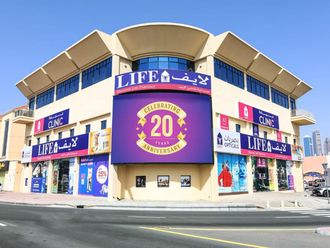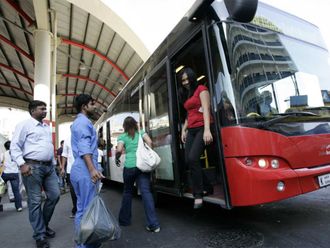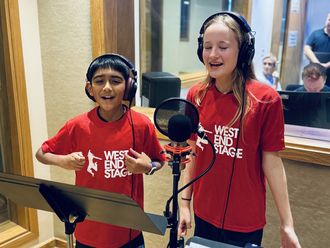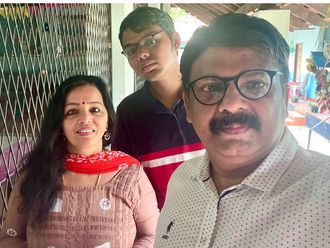Blah-blah”, “Zzzzzzzz”, “Ka-boom” and “Sssllluuurrrrp”. Those are four terms Ryan has had pasted on thickish chart paper and hung on either side of the board in the classroom. Because, says Ryan, nearly all writing can be classified under one of those four headings.
He’s teaching his 14-year-olds to aim at the latter two – the kind that either blows your mind, or, like a giant whirlpool sucks you in and doesn’t let go.
He’s making headway, he claims, after initial evidence revealed most pupils housed in the “Blah-blah” group, and quite a few in the “Zzzzzzz” category.
It’s the opening sentence, and the lead paragraph in their essays Ryan’s been working on painstakingly. And it’s beginning to pay off, he says.
Andrew Scott’s gone from: “Last night Sydney experienced a thunderstorm.” (Zzzzzzz), to (with a little help) “The lightning crackled and sizzled, the thunder boomed and a mighty wind tossed the clouds around like they were wet tennis balls.”
(Ka-boom). Craig Brewster’s gone from: “I was sitting alone doing my homework, solving the square root of numbers set by our mathematics teacher Mr. Sylvester, when I thought I heard the telephone ringing downstairs....” (Blah-blah), to: “The phone rang in the stillness of the night and I jumped out of my skin. It was mum, crying. She’d just left dad’s bedside in intensive care....”
(“Sssllluuurrrrp”). Ryan said the turning point in the whole exercise in creative writing actually came about when the entire class (some weeks later) chipped in to compose one 350-word piece, sentence by sentence, using their own powers of criticism to judge whether or not each sentence deserved to be included in the structure.
The title, “Squeeze” was just one of 20 that had been tossed in an old chalk box and picked at random.
This is what Ryan’s children (with a little guidance) wrote: “The wheelchair stopped dead.
Mrs. Wilson squeezed her eyes shut tightly, counted to ten then pressed the ‘start’ button. The wheelchair didn’t move a centimetre.
The battery had run out. The first thing Mrs. Wilson saw when she opened her eyes was the monster truck. A silver giant on wheels.
It whizzed by in a gleaming flash of metal, lifting the air. Hair flew, frocks flew, flags on poles flew, the seconds flew. Then the truck was gone. From her side of the sidewalk, at the pedestrian crossing, Mrs. Wilson now had a clear view of the opposite side.
People stood bunched there, squeezed together, waiting for the ‘WALK’ light to turn green. She had to do something. So she gave the ‘start’ button another go. The battery fired exactly at the same time the lights changed. Green for Go.
Mrs. Wilson went. But she got no further than mid-road when the battery died again. Her heart flew like a startled bird into her mouth.
‘Help me, please,’ she called in a shaky voice, even as the last pedestrians disappeared around her and the light blinked its final warning before changing to red. Mrs. Wilson looked desperately to the left and right.
All she could see was more trucks and motorcars, all lined up like athletes in a race waiting for the starter’s gun to fire. Ahead, on the other side, a woman in a beige overcoat stood waving frantically, trying to alert someone. Mrs. Wilson squeezed her eyes shut once more. A fear gripped her heart.
Cold beads of sweat broke out on her forehead. Because of her spinal injury, the old lady couldn’t turn around to look back over her shoulder, but if she had been able to she would have relaxed.
Not far behind, and approaching fast, attired in a school blazer and peaked cap was a young man, a satchel of books on his back.
He placed one hand on hers and squeezed gently, reassuringly. And it seemed to Mrs. Wilson that as he wheeled her to safety, the trucks and motorcars hung around a little longer, out of sheer curiosity.”












